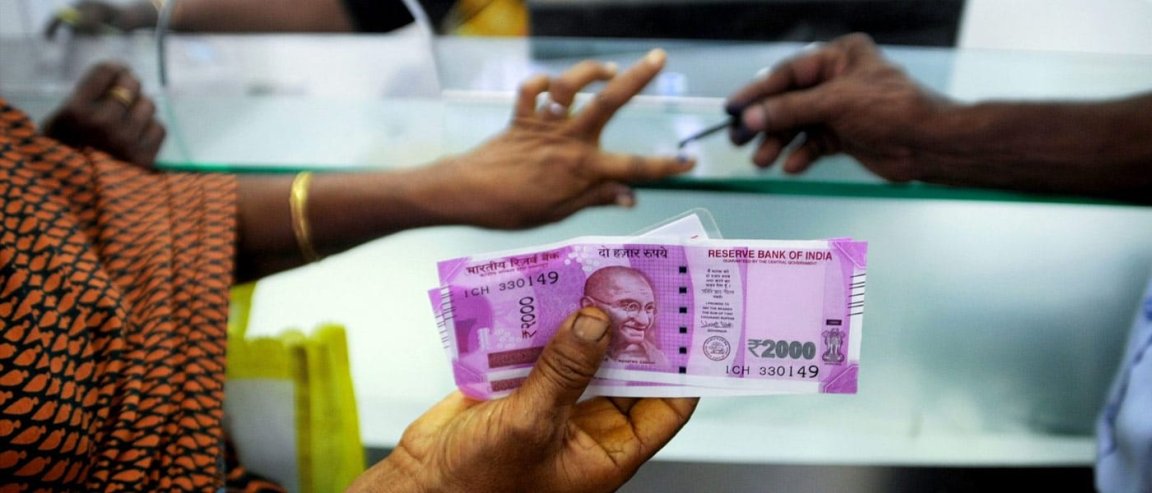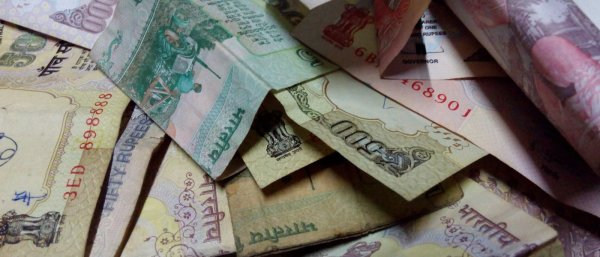
Cashless India
Like many reform programs, India’s move to do away with potentially all of its cash in circulation and focus more on digital currency has been greeted with quite the turmoil. The government is scrambling to print new denominations to replace the voided highest-denomination banknotes of 500 and 1,000 rupees — about 86.4% in value of total cash circulation.
When Prime Minister Narendra Modi announced last November that the government would be nullifying these banknotes, it would seem that they didn’t anticipate the eventual setback — almost similar to those who’ve tried it before them, like Burma in 1987, the Soviet Union in 1991, and North Korea in 2009.
The most affected are those who rely solely on cash for day-to-day transactions, including street merchants, farmers, and those in the lower end of the economy. Furthermore, according to reports in The Economist, the backlash could lower India’s expected GDP growth this year by two percentage points. The microfinancing industry, which previously helped many less-fortunate Indians, also suffered major setbacks.

Everyone loves discounts, right?
Why go to all the trouble? The move was a step toward cleaning up India’s rampant “black economy,” the go-to market of the wealthy to launder their money and procure goods away from the government’s watchful eyes. There has been considerable success, as the country’s IRS equivalent has already seized millions of dollars in cash.
And amidst it all, India sets a world first.
In order to ease the burden, the government introduced several gimmicks, most notably a discount of up to 10% for online payments covering insurance policies, rail tickets, and highway tolls — making India the first country to subsidize the use of digital money. The service tax for online transactions under 2,000 rupees ($29.6) has also been waived, according to Finance Minister Arun Jaitley.
The move has benefitted local digital payment companies, particularly Paytm, the most popular service of its kind in India. Paytm is seeing an increase in people signing up, about 14 times the usual rate. And as a result of increased activity in India, Bitcoin saw an increase in value too.
Now, whether or not Modi’s plans to clean up the economy become successful remains to be seen. What’s interesting is how most Indians, at the end of it all, will have experienced digital financial transactions. Hopefully, they remember the ease and not the worst of it.